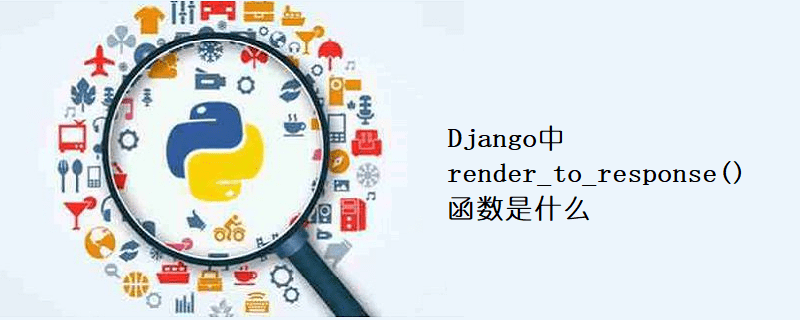在Django中我们一般会载入一个模板文件,然后用 Context渲染它,最后返回这个处理好的HttpResponse对象给用户。 我们已经优化了方案,使用 get_template() 方法代替繁杂的用代码来处理模板及其路径的工作。 但这仍然需要一定量的时间来敲出这些简化的代码。 这是一个普遍存在的重复苦力劳动。Django为此提供了一个捷径,让你一次性地载入某个模板文件,渲染它,然后将此作为 HttpResponse返回。

该捷径就是位于 django.shortcuts 模块中名为 render_to_response() 的函数。大多数情况下,你会使用“\ “““对象,除非你的老板以代码行数来衡量你的工作。
System Message: WARNING/2 (<string>, line 1736); backlink Inline literal start-string without end-string. System Message: WARNING/2 (<string>, line 1736); backlink Inline literal start-string without end-string. System Message: WARNING/2 (<string>, line 1736); backlink Inline literal start-string without end-string. </string></string></string>
下面就是使用 render_to_response() 重新编写过的 current_datetime 范例。
from django.shortcuts import render_to_response
import datetime
def current_datetime(request):
now = datetime.datetime.now()
return render_to_response('current_datetime.html', {'current_date': now})
大变样了! 逐句看看代码发生的变化:
我们不再需要导入 get_template 、 Template 、 Context 和 HttpResponse 。相反,我们导入 django.shortcuts.render_to_response 。 import datetime 继续保留.
在 current_datetime 函数中,我们仍然进行 now 计算,但模板加载、上下文创建、模板解析和 HttpResponse 创建工作均在对 render_to_response() 的调用中完成了。 由于 render_to_response() 返回 HttpResponse 对象,因此我们仅需在视图中 return 该值。
render_to_response() 的第一个参数必须是要使用的模板名称。 如果要给定第二个参数,那么该参数必须是为该模板创建 Context 时所使用的字典。 如果不提供第二个参数, render_to_response() 使用一个空字典。
神龙|纯净稳定代理IP免费测试>>>>>>>>天启|企业级代理IP免费测试>>>>>>>>IPIPGO|全球住宅代理IP免费测试




































